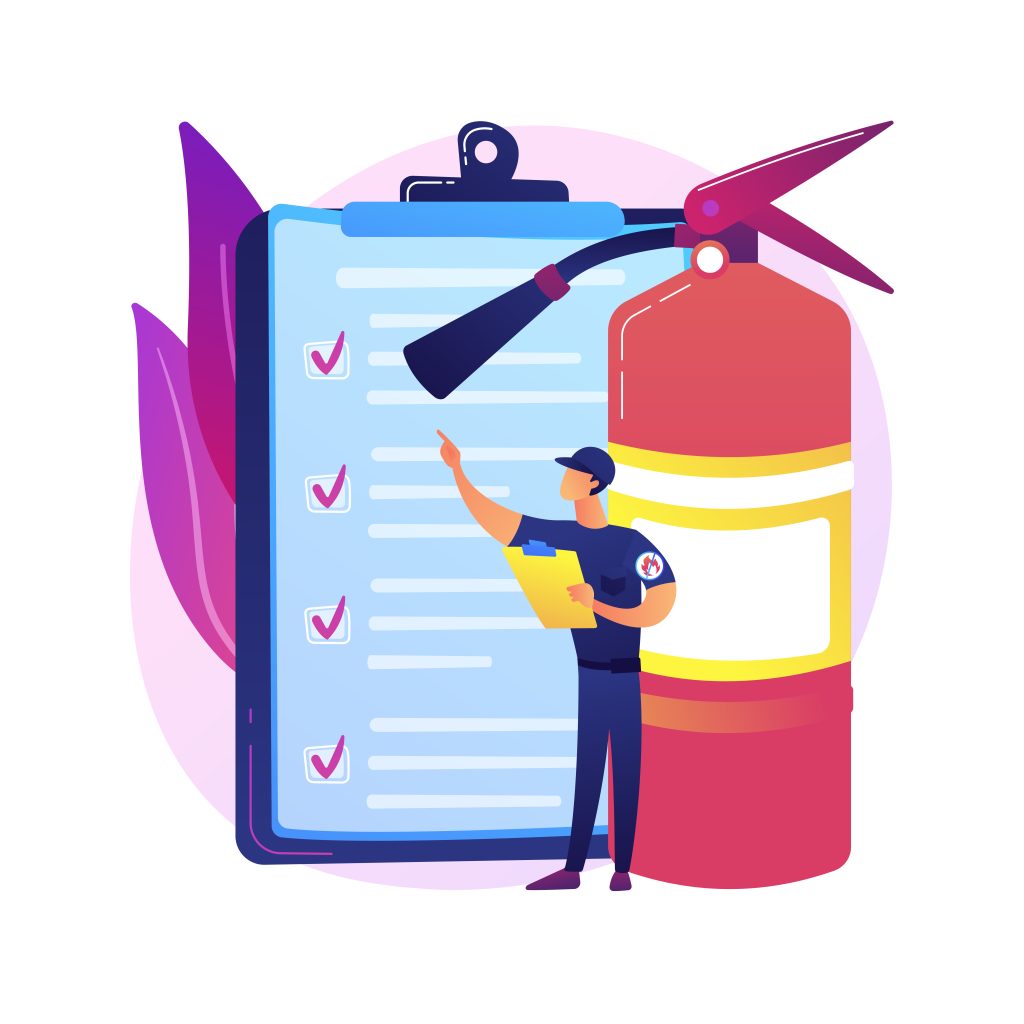Do you know how much equipment failure is costing your business? Statistics show that unplanned downtime incurs a cost of $50 billion annually for industrial manufacturers and equipment failure accounts for 42% of these costs.
Equipment failure typically means that a piece of machinery underperforms or stops serving the purpose it was installed for. However failure does not necessarily mean that the equipment stops functioning entirely. It just becomes less useful as a capital investment for the business. Unplanned machine downtime can result in efficiency loss and failure to meet production targets.
In order to address equipment breakdowns, companies should first understand the different types of failures. The three main broad categories of equipment failure are:
- Erratic failures: This is an unexpected failure where the machinery can stop suddenly after working perfectly. With sudden breakdowns, there are no warning signs or gradual let downs. Erratic failures can be caused by multiple factors such as an overload on your electric supply system. While it is challenging to completely stop erratic equipment breakdowns, they are not a recurring issue for most companies.
- Intermittent failure: This type of failure keeps on occurring at random intervals. Your machine may stop working one day, then start and then stop again. Such signs typically precede a full machine breakdown. One way to lower instances of intermittent breakdowns is to schedule regular preventive maintenance sessions.
- Gradual failures: These are visible over time as a result of diminishing equipment productivity. Some common examples of gradual failure include eroding pipes or a shredding belt. Gradual failures depict clear signals that can be taken as a cue for service sessions. Even if they occur randomly, gradual failures can be prevented by regular maintenance events.

4 Common causes of equipment failure
A recent study found that around 98% of companies lack good failure history data. This means that businesses have inadequate information on why their equipment suddenly stops working. Machinery downtime whether expected or unexpected can be controlled through robust maintenance routines. However, in order to implement the correct service strategies, companies need to investigate the common causes of downtime. Let’s briefly explore some causes of equipment failures:
Aging equipment
Heavy equipment and machinery tend to have an average useful lifespan of 10-15 years. Running consistently for long hours wears out machinery towards the end of its useful years. For this reason, aging equipment lags in performance and productivity. Reduced capacity often calls for rigorous maintenance and repairs over time.
Equipment breakdowns due to aging assets result in reactive instead of preventive maintenance. It can be challenging to source spare parts for outdated equipment as manufacturers stop producing them over time. Even if produced, spare parts for old machines can be procured in limited quantities causing production interruptions. To prevent unplanned breakdowns, companies should timely retire assets and save money spent on costly repairs and maintenance practices.
Read more: Maintenance Work Order Best Practices
Operator error
Heavy equipment and machinery requires expert handling that comes with proper training and practice. Ideally all workers should undergo basic troubleshooting, operative techniques and standard safety procedures to adhere to using the machinery.
However, sometimes companies are short staffed and forced to hire last minute replacements to meet project deadlines. This leads to untrained operators working with equipment they don’t know how to use. Operator malpractices often result in equipment failure and can be hard to control especially in the case of emergencies when untrained operators are substituted.
Inadequate maintenance routines
Every piece of equipment requires an optimal amount of maintenance determined by technical experts. Service sessions that happen too frequently or infrequently can negatively affect the performance of equipment and lead to downtime. Lack of maintenance generally leads to warning signals being overlooked and smaller breakdowns turning into complete failures. Conversely, excessive maintenance can introduce new problems into the machinery that did not exist before.
For this reason, it is vital to lay down preventive maintenance strategies to optimize equipment usage and improve performance. Many companies ignore preventative maintenance until the day the machine stops operating. Such negligence can lead to costly repairs that could’ve been avoided with regular maintenance checkups.

Poor inspection practices
When dealing with a large scale equipment breakdown, the first instinct is to quickly fix the part that is no longer working. This may temporarily solve the problem, but is likely to cause issues in the future. In such situations the important question is what’s causing the failures? Routine checkups and inspection practices are usually not designed to investigate the root cause of breakdowns.
Neglecting to check equipment thoroughly is often the result of lack of awareness, from disregarding the manufacturer’s manual. When a technician is trained on how a machine works, they should be able to design a suitable maintenance and inspection program. A robust inspection strategy includes checking storage conditions, occurrence of over usage and harsh weather conditions that may aggravate equipment failure.
Best practices to lower downtime
Equipment risk management is the key to attaining optimal productivity levels for a business. A company can start by implementing some guidelines on how to address, document and tackle equipment downtime for minimal damage and improved performance. Here are some best practices to control machine failures for your business:
Provide operator training for effective equipment use: Enlisting machine operators in robust training programs lowers the probability of equipment breakdowns as a result of human error. In addition to this, companies should set a minimum level of training requirement to use a certain piece of machinery. Even in case of emergencies like staff shortage, only the selective operators should be allowed to handle heavy equipment.
Lay down a streamlined preventive maintenance strategy: Preventive maintenance programs should be customized according to the type of equipment a company owns. A machine that has a relatively higher use time will require more frequent maintenance sessions to upkeep performance. As preventive maintenance is based on service history, with the right analytical tools, companies can even predict future failures and prevent them before they actually occur. Unlike costly repairs, preventive maintenance does not take place unnecessarily and directly aims at fixing a potential problem.

Read more: The Ultimate Preventive Maintenance Checklist for Longevity
Maintain good service history records: Maintenance history plays a vital role in implementing a successful equipment management strategy. Using software to document maintenance events for a piece of equipment enables you to design specialized programs and justify relevant warranty claims at the same time. Most importantly, maintenance history enables technicians to keep track of downtime trends across equipment models and parts. Using this information to derive insightful analytics eventually helps lower instances of equipment failure.
Stay compliant with instruction manuals: When it comes to heavy equipment, compliance to manufacturer’s instruction manual is not optional. The owner’s manual covers everything from preventive maintenance checklists to calibration instructions. For this reason, operators should keep the manuals handy whenever they come across an equipment malfunction. A quick reference to the manufacturer’s instructions can provide a reliable solution about the problem at hand and save time spent diagnosing the issue.
Invest in a maintenance management software: An organization has multiple different types of assets that need to be inspected for maintenance regularly. Doing this task manually has a lot of room for human error and chances of missing out on deadlines. Investing in the right maintenance management software can help companies automate inspection routines and with less paperwork. Moreover, an automated maintenance system enables companies to integrate with service providers for swift issue resolution and service ticket tracking.
About EZOfficeInventory
EZOfficeInventory is a leading asset tracking software. It allows you to track, maintain, and report on inventory from anywhere, at any time. We offer a free 15-day trial – no credit card required!







